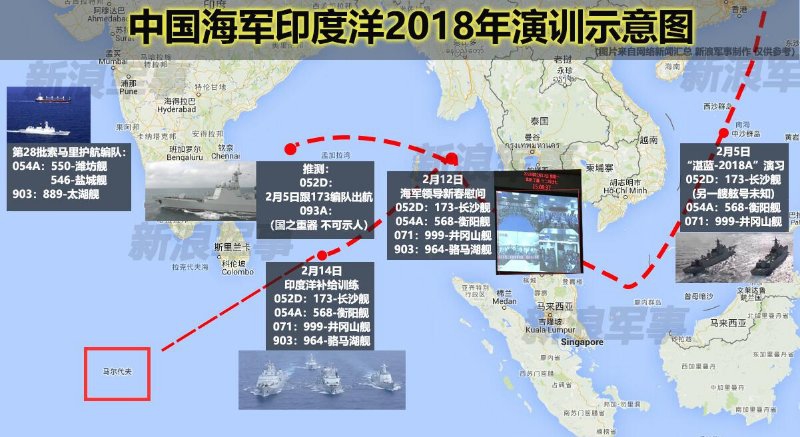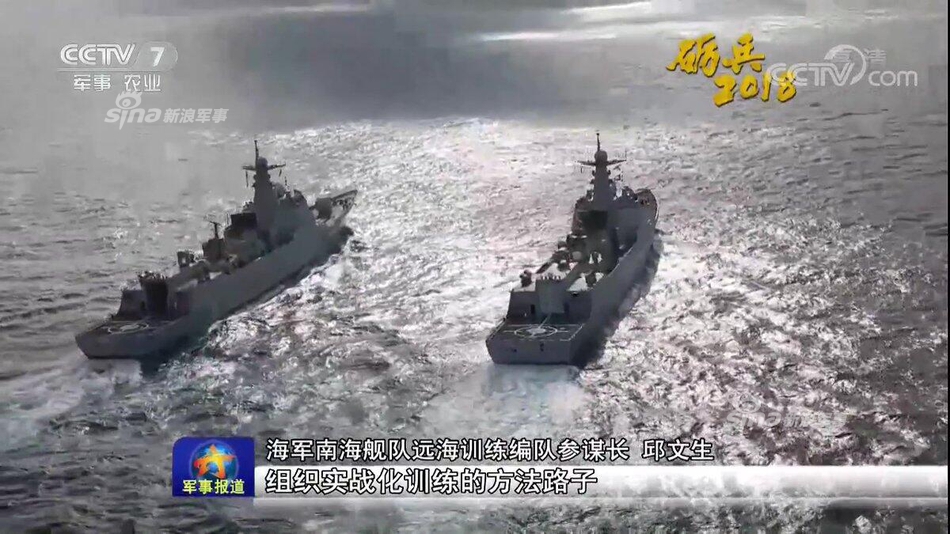Most western navies were built around countering the threat posed by the Soviet Union, particularly its submarines but also its strategic naval aviation capability. With the demise of a peer threat, anti-submarine warfare capabilities in particular were de-emphasised and a greater emphasis was placed on "flexibility" and confronting "non-traditional" threats. The trend towards ever-larger vessels that do a bit of everything -- and arguably none of it particularly well -- clearly emerges from the combination of funding restrictions and a diversified mission set.
This trend towards multirole designs originated during the Cold War, not afterwards. The Kidd, the Ticonderoga, the Arleigh Burke, the Kongo, the Kirov, the Slava, are all perfect examples of this. All conceived during the Cold War, all multirole, so I'm not sure what you're talking about here. The Western European trend towards ineffectual armaments for their outsized pseudo-frigates is nothing more than a matter of finances and is limited more or less to the Europeans, and not even all Europeans (look at the F100/Hobart, de Zeven Provincien, and Iver Huitfeldt classes for example). Even your ridiculously underarmed F125 has an obvious step platform immediately aft of the main gun with enough room for 8-16 Mk 41 cells, or 32-64 ESSMs, if they so wished to install them; note also that this class has 4 fixed AESA panels that your hypothetical 6,000t frigate does not. Same for the other European "frigates", with almost all of them built-for but not installed-with all kinds of extra room for more VLS and/or more slant launchers.
The Virginia-class is basically an underwater Super Hornet. That is to say, it is a limited platform conceived in a particular politico-budgetary context to fulfil particular requirements. For the sake of argument, let us assume that, like Super Hornet, the Virginia-class submarine has fulfilled its role admirably to date.
Yet, Super Hornet has a shelf life -- and so should the Virginia-class.
The Virginia-class is not just a smaller, cheaper Seawolf, it reflects a fundamentally different sense of mission priorities. As a late Cold War design, Seawolf was intended as an underwater ATF, to restore US undersea supremacy that had been eroded by Soviet advances. To that end it doubled the number of torpedo tubes, enlarged both the tubes and the magazine, and deleted the VLS cells. The Virginia-class reverted all of this, not because Seawolf was dumb, but because the Cold War had ended. Hunting other Soviet submarines was no longer the top priority, while lobbing cruise missiles at third-world countries had taken on new significance. The integration of the Virginia Payload Module promises to push this trend even further in future, but in an era where both China and Russia will be fielding advanced SSNs. Is today's US Navy
One might question just how important these factors are, but my point is that they reflect the institutional patterns that are occurring, and which undoubtedly manifest in many other forms. Even at the inception of the Virginia class there were questions about the non-competitive nature of US submarine design and its resistance to innovation:
"The panel noted that core submarine technology investments are generally too small to investigate important and/or revolutionary options in a timely manner. As a result future modifications or new designs will be limited to evolutionary improvements over their predecessors."
The Seawolf was indeed a super-sub conceived during the Cold War to counter expected advances in Soviet SSN design which never emerged. This doesn't mean the Virginia is somehow an ineffectual or subpar submarine. Which submarine do you think is the better of the Virginia, may I ask? I don't agree at all with your characterization of the Virginia as some kind of underwater Super Hornet. The Virginia also has multiple planned block upgrades (only one of which is the VPM), ensuring its relevance into the 2040s. The VPM is also meant to replace part of the capacity being lost with the retirement of the Ohio SSGN, and is not planned to be installed on all or even most Virginias. It in fact is most definitely the best example supporting my case and against yours, i.e. more ships (with gradual block upgrades) within a single class. This actually isn't even a new concept, what with the Akula/improved Akula, Los Angeles Flight I/II/III (aka 688i), Yasen/improved Yasen, and 093/093B classes. Let's not forget all the iterations of the Yuan class. I could go on. The Virginia is an even further extension of the concept of block upgrades, with 7 total blocks to be built when all is said and done.
The point is precisely to free blue-water ships for blue water taskings rather than having them confined to the littorals because your littoral ships are not up to the job.
We did talk about this before. If 056 numbers are insufficient to the task of sub-hunting in the littorals, it means they should not be the only ships doing the hunting, or perhaps not even the primary ships doing the hunting. Also, I expect 054As to be more and more relegated to independent, low-to-medium threat missions in the littorals as more and more 054Bs appear and displace them out of CSGs and SAGs, missions such as ASW. The 054A, and especially the 054A+, is really nothing more than your idea of a super-corvette, and is good enough for the PLAN of the 2000s and 2010s, but more and more dated and less and less protected as time goes on due to its lack of an AESA and therefore lack of a strong resistance to multi-axis saturation attacks, which BTW is the very feature you wish to delete from your super-frigates. The more you try to supersize your corvette and give it more endurance and firepower and what not, the more it looks like a 054A, which begs the question of why would the PLAN invest time and money into a new design when they could just build more of an available design.








